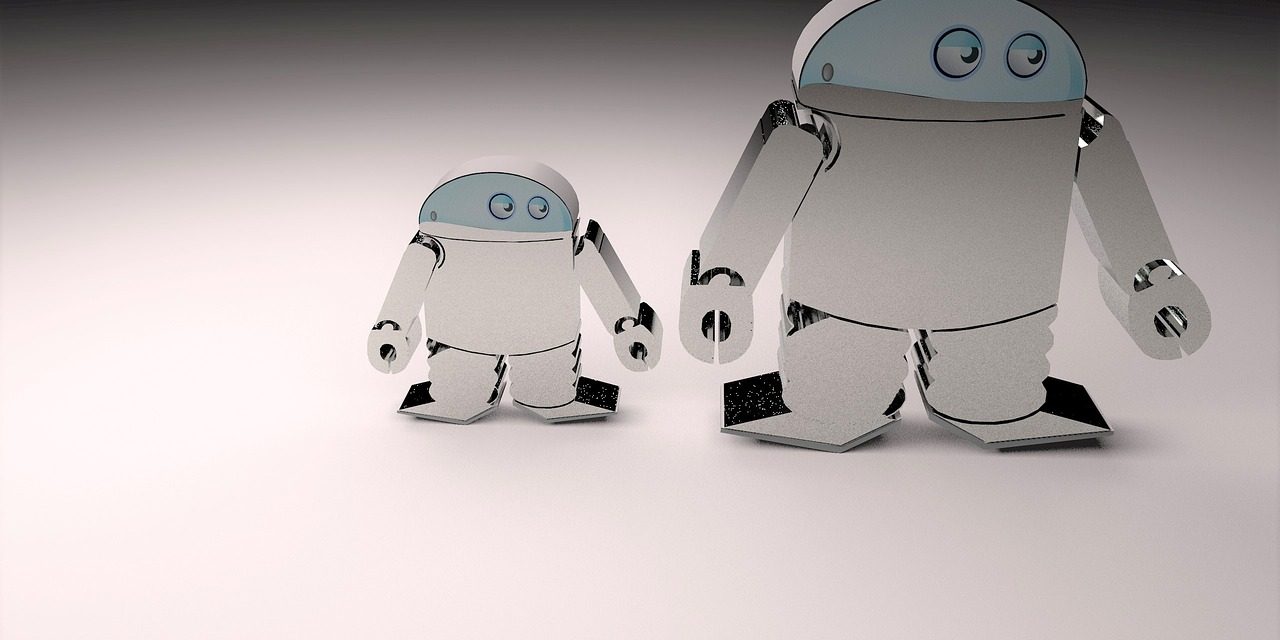Tina Wu
Though social robots may be finally hitting the consumer market at the end of this year, questions have been raised regarding the societal implications that these emotionally intelligent bots may bring to robot-human relationships.
Since early beginnings in the 1990s, social robots have been designed to provide companionship to people by conversing with their human owners on an emotional level. They are connected to Wi-Fi, have facial recognition, and can help out with household chores.
One of the first successful prototypes of these social robots, the Jibo robot, will be available for the US and China markets at the end of 2017. Jibo was collaboratively developed in the US and China and has been shown successfully engaging in daily domestic activities such as helping out in the kitchen, taking pictures and assisting in exercise workouts. It is unclear when these bots will hit Australian shelves due to overseas privacy and legal concerns, as well as technological challenges regarding accents and speech.
Further, social robots such as Jibo are also designed to tell jokes, recognise facial expressions and voice, and take initiative in conversation. Through these developments, researchers hope that social robots will no longer be passive machines but play an active part in facilitating social relationships with humans.
Back home, Australia has also experienced its own successes in social robotics. A team of students at the University of Technology Sydney (UTS) recently qualified for the 2017 Robocup@Home Social Robots League, an international competition that assesses the social and behavioural capabilities of social robots in a home setting.
Queensland University of Technology (QUT) was also the first Australian university to develop a humanoid social robot companion, which was also designed to recognise emotion and facilitate speech.
These developments mark a significant milestone for the advancement of robotics and the future of human-robot relationships. But questions have been raised about where these social robots will fit into the dynamics of the home – as a pet, a friend, or a family member?
As robots are designed to increasingly resemble human beings, what roles will these emotionally intelligent robots play in helping humanity and society at large? QUT has already put out a few suggestions – helping to act as future nurses, classroom aides, or even attendants in nursing homes.
Though the answers to these questions are unclear, it’s important to think about these issues and examine the future trajectory of human-robot relationships in our society.
But for now, researchers at UTS are taking advantage of the development of social robots to study the way intrinsic “social competencies” are learned, that is, the ability to intuitively respond and interact through verbal and non-verbal cues. These advancements will hopefully further our understanding on the future of human-robot relationships.












